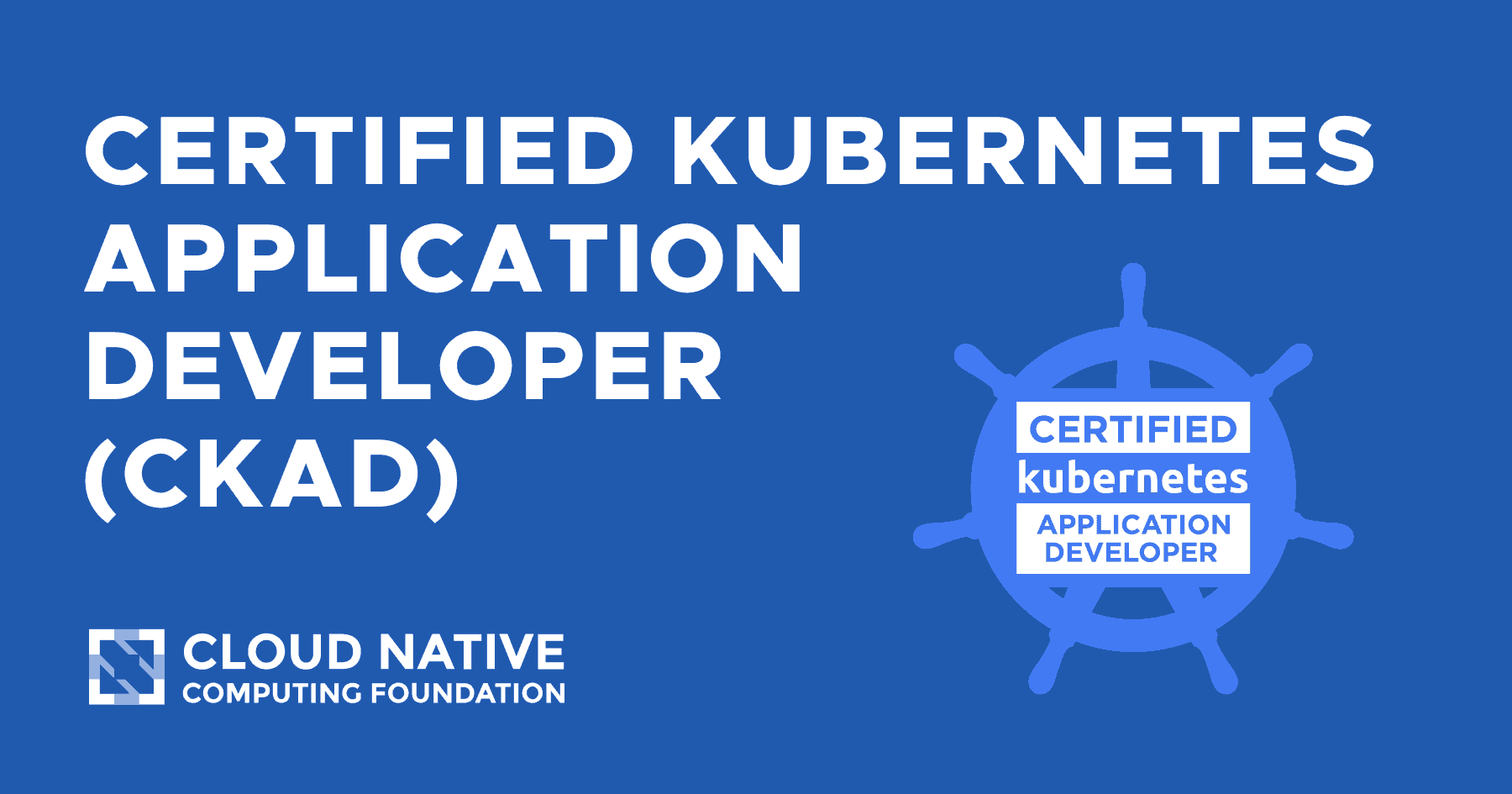Part 1 : How to Get CKAD (Certified Kubernetes Application Developer) Certification in 2 Weeks
 Vaibhav Gagneja
Vaibhav GagnejaTable of contents

Overview
The Certified Kubernetes Application Developer (CKAD) exam is a certification program developed by the Cloud Native Computing Foundation (CNCF) in collaboration with The Linux Foundation. Its primary purpose is to validate the skills, knowledge, and competence of professionals in designing, building, configuring, and exposing cloud-native applications for Kubernetes.
The CKAD exam is hands-on and performance-based, requiring candidates to solve practical problems in a command-line environment. It tests the ability to create and manage Kubernetes objects, debug existing configurations, and use kubectl commands effectively. This exam assumes familiarity with container runtimes, microservices architecture, and YAML configuration files.
Candidates who pass the CKAD exam demonstrate their ability to perform core tasks associated with Kubernetes application development, such as deploying applications, managing resources, and troubleshooting issues within a Kubernetes cluster. This certification helps developers establish credibility and enhances their job market value, while also aiding organizations in quickly hiring qualified professionals.
The exam costs $395 and is conducted online with strict proctoring to ensure integrity.
Syllabus
Application Design and Build (20%) Define, build and modify container images Choose and use the right workload resource (Deployment, DaemonSet, CronJob, etc.) Understand multi-container Pod design patterns (e.g. sidecar, init and others) Utilize persistent and ephemeral volumes
Application Deployment (20%) Use Kubernetes primitives to implement common deployment strategies (e.g. blue/green or canary) Understand Deployments and how to perform rolling updates Use the Helm package manager to deploy existing packages Kustomize
Application Observability and Maintenance (15%) Understand API deprecations Implement probes and health checks Use built-in CLI tools to monitor Kubernetes applications Utilize container logs Debugging in Kubernetes
Application Environment, Configuration and Security (25%) Discover and use resources that extend Kubernetes (CRD, Operators) Understand authentication, authorization and admission control Understand requests, limits, quotas Understand ConfigMaps Define resource requirements Create & consume Secrets Understand ServiceAccounts Understand Application Security (SecurityContexts, Capabilities, etc.)
Services and Networking (20%) Demonstrate basic understanding of NetworkPolicies Provide and troubleshoot access to applications via services Use Ingress rules to expose applications
For more information, check the official website.
Preparing for the Certified Kubernetes Application Developer (CKAD) exam
Preparing for the Certified Kubernetes Application Developer (CKAD) exam requires a structured approach that includes understanding the exam content, gaining hands-on experience, and using various study resources. Here are key steps to effectively prepare for the CKAD exam:
1. Understand the Exam Format and Conten
Exam Structure: The CKAD exam consists of performance-based tasks to be completed in a command-line environment within two hours.
Skills Tested: Focus areas include application design and build, configuration, multi-container pods, observability, pod design, services and networking, state persistence, and troubleshooting.
2. Gain Practical Experience
Hands-On Practice: Set up a Kubernetes cluster (e.g., using Minikube or Kind) and practice deploying applications, configuring resources, and managing clusters.
Key Areas to Practice: Ensure you are comfortable with tasks such as creating and managing pods, deployments, services, and other Kubernetes objects both via YAML and
kubectlcommands.
3. Use Official and Supplementary Study Materials
- Use official Kubernetes documentation to get all your information from, avoid using any other resource since during exam time your only support would be the official documentation
4. Utilize Online Resources
Documentation and Tutorials: Regularly refer to the Kubernetes official documentation during your preparation. Use the
kubectlcheat sheet and API reference extensively.Online Courses and Books: Platforms like Udemy, Coursera, and O'Reilly offer comprehensive CKAD preparation courses. Books such as "Certified Kubernetes Application Developer (CKAD) Study Guide" can also be beneficial.
5. Practice with Mock Exams and Simulators
Mock Exams: Use practice exams to simulate the test environment. This helps in time management and familiarizes you with the exam format (most important).
Simulators: Tools like Killer.sh provide a simulated CKAD exam environment, offering realistic practice scenarios and challenges.
Read my next article for unique strategy tips and tricks
Resources
Kubernetes course — Kubernetes Certified Application Developer (CKAD) with Tests
Exercises —
Theory — https://yuminlee2.medium.com/
Next article — https://vaibhavgagneja.hashnode.dev/ultimate-guide-to-passing-the-ckad-exam-tips-resources-and-strategies
Subscribe to my newsletter
Read articles from Vaibhav Gagneja directly inside your inbox. Subscribe to the newsletter, and don't miss out.
Written by
